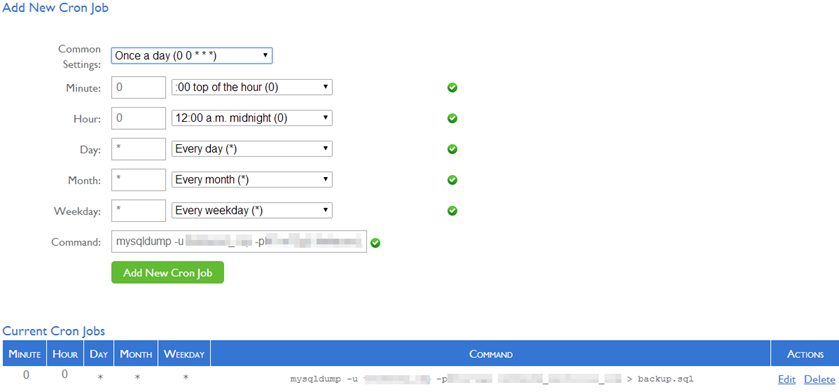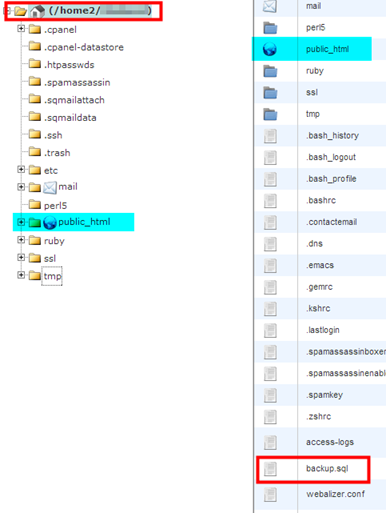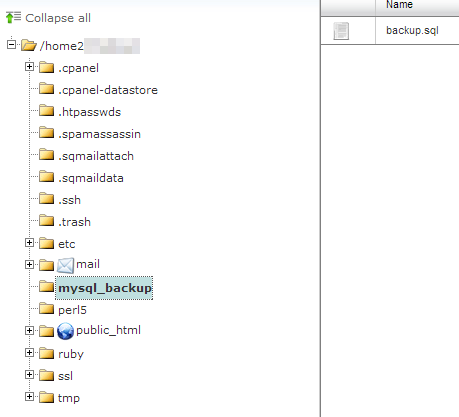reference
http://www.comentum.com/mysqldump-cron.html
http://www.a2hosting.com/kb/developer-corner/mysql/mysql-database-backups-using-cron-jobs
https://my.bluehost.com/cgi/help/168
howto backup/restore through mysqldump - http://blog.winhost.com/using-mysqldump-to-backup-and-restore-your-mysql-databasetables/
mysqldump-php - http://github.com/ifsnop/mysqldump-php
MySQL-Dump-with-Foreign-keys - http://github.com/dszymczuk/MySQL-Dump-with-Foreign-keys
shuttle-export - http://github.com/2createStudio/shuttle-export
php script - http://davidwalsh.name/backup-mysql-database-php


when needed to create the backup file to a directory, this directory should have permissions 700

If you want to create a backup to download it via the browser, you also can do this without using a file.
The php function passthru() will directly redirect the output of mysqldump to the browser. In this example it also will be zipped.
Pro: You don't have to deal with temp files.
Con: Won't work on Windows. May have limits with huge datasets.
http://www.comentum.com/mysqldump-cron.html
http://www.a2hosting.com/kb/developer-corner/mysql/mysql-database-backups-using-cron-jobs
https://my.bluehost.com/cgi/help/168
howto backup/restore through mysqldump - http://blog.winhost.com/using-mysqldump-to-backup-and-restore-your-mysql-databasetables/
mysqldump-php - http://github.com/ifsnop/mysqldump-php
MySQL-Dump-with-Foreign-keys - http://github.com/dszymczuk/MySQL-Dump-with-Foreign-keys
shuttle-export - http://github.com/2createStudio/shuttle-export
php script - http://davidwalsh.name/backup-mysql-database-php

JavaScript:
mysqldump -u mysql_user -pmysql_password db_name > backup.sql
when needed to create the backup file to a directory, this directory should have permissions 700
JavaScript:
mysqldump -u mysql_user -pmysql_password db_name > mysql_backup/backup.sql
MajorLeo & Steven Westbrook wrote
If you want to create a backup to download it via the browser, you also can do this without using a file.
The php function passthru() will directly redirect the output of mysqldump to the browser. In this example it also will be zipped.
Pro: You don't have to deal with temp files.
Con: Won't work on Windows. May have limits with huge datasets.
JavaScript:
//http://stackoverflow.com/a/19575620
<?php
$DBUSER="user";
$DBPASSWD="password";
$DATABASE="user_db";
$filename = "backup-" . date("d-m-Y") . ".sql.gz";
$mime = "application/x-gzip";
header( "Content-Type: " . $mime );
header( 'Content-Disposition: attachment; filename="' . $filename . '"' );
$cmd = "mysqldump -u $DBUSER --password=$DBPASSWD $DATABASE | gzip --best";
passthru( $cmd );
exit(0);
?>